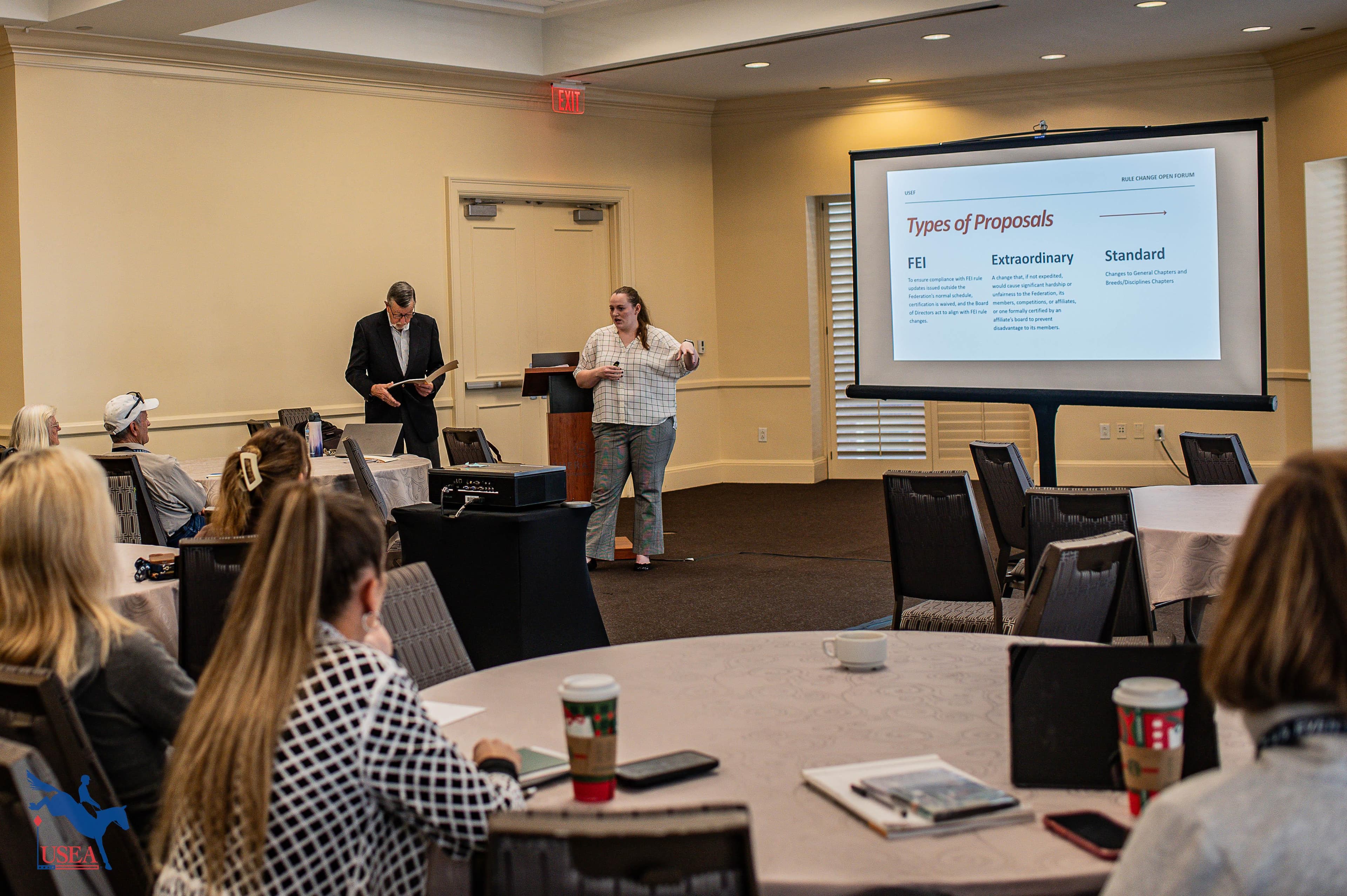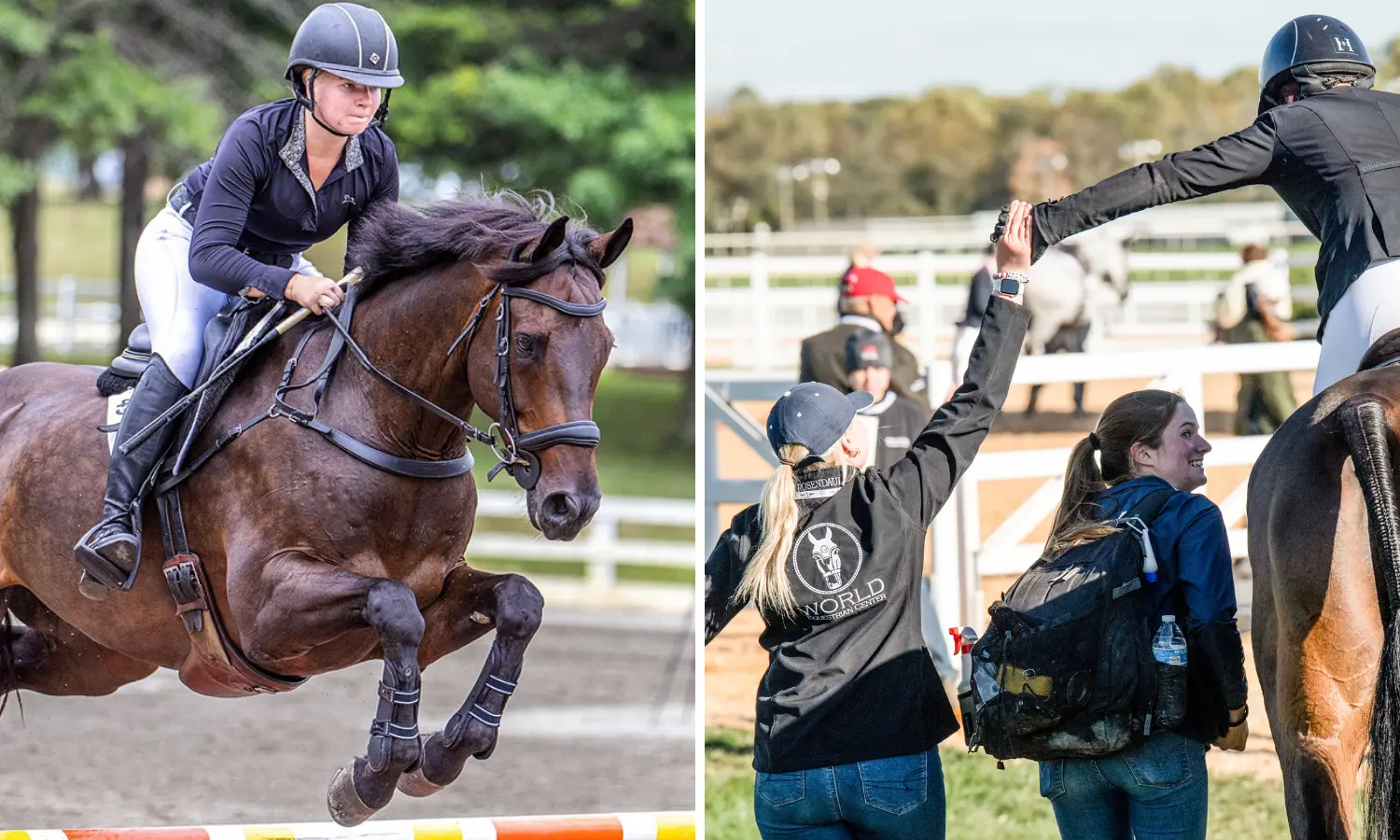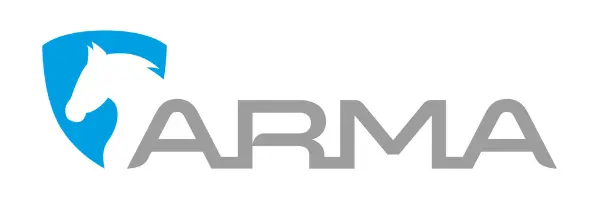Grid Pro Quo with James Alliston
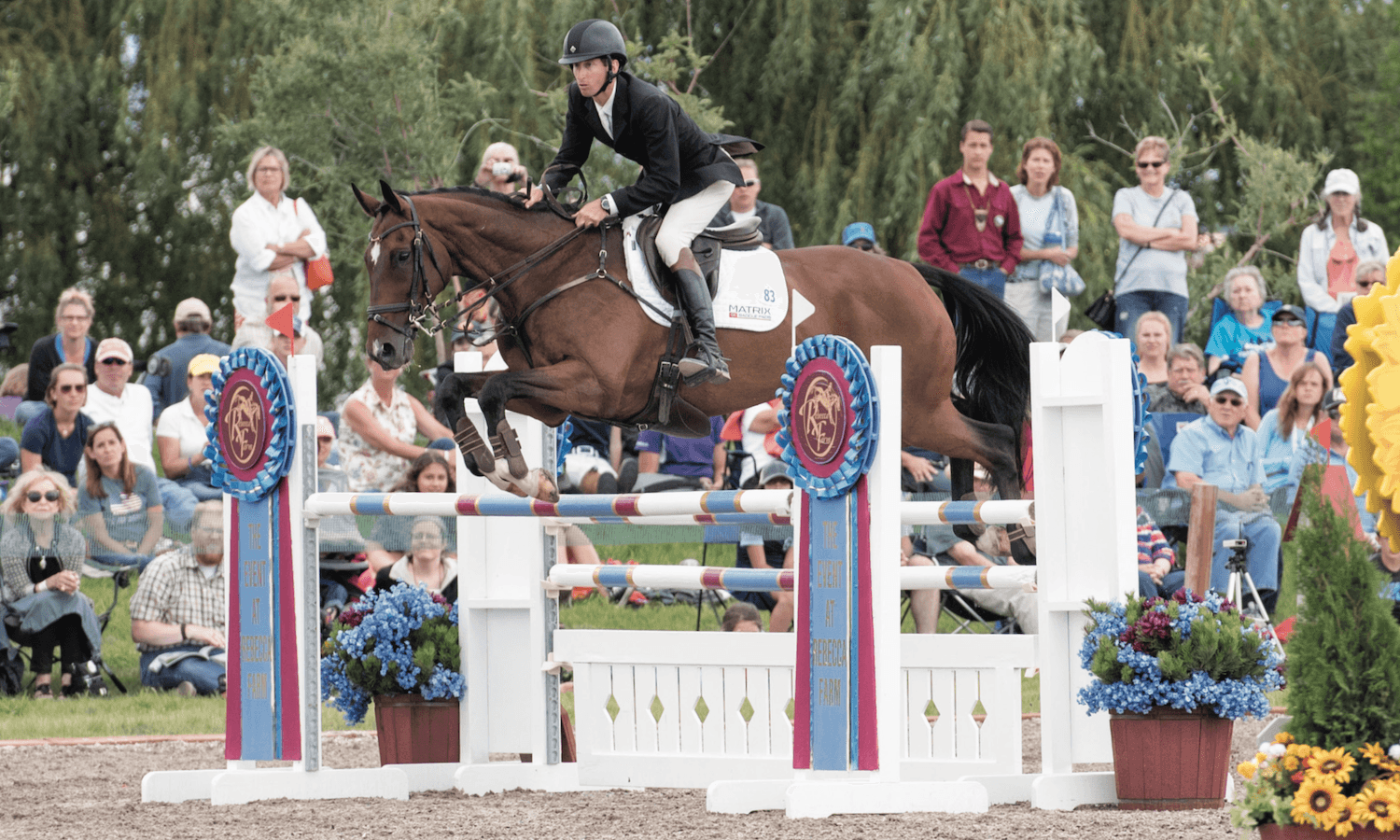
Ready to spice things up this winter training season? Do you want to use being stuck in the arena as an opportunity to fine tune your riding? In this series, we are revisiting some of our favorite Grid Pro Quo articles from Eventing USA to help you use the off-season to your advantage and keep you and your horse in tip-top shape for when it's time to get back out there. Click here to check out other past Grid Pro Quo exercises!
WHY:
There are several reasons why I really value this exercise for both the horse and rider. The first being that I think it’s good for both horses and riders to stare at a sea of poles and then tackle them with confidence. Young horses in particular will often come up to a long line of poles and get a little backed off, so it’s important to tackle these exercises while training at home so that when you get to a horse show, both you and your horse are confident in your abilities to sort out the questions ahead of you.
This exercise is also really great for working on the rider’s position. The idea is that if you get to the first jump well, the rest will take care of itself. This means that all the rider has to do for the rest of the exercise is concentrate on themselves and their own position.
The short distances really encourage the horse to jump well, with a nice round shape over each oxer. Additionally, it’s good to teach horses and riders how to jump from a tighter distance, as this sometimes happens on cross-country, and it’s better to practice those types of distances than to scramble a bit at shows.
As a rider, it is imperative that you give your horse freedom of their neck. Not only does this help the horse jump better, but it also helps them stay in a better balance, which is of utmost importance. If a rider gets tight on the reins, it makes the horse’s job a bit harder. And remember, it is our job as the rider to give our horse every opportunity possible to do their job, and do it well.
HOW:
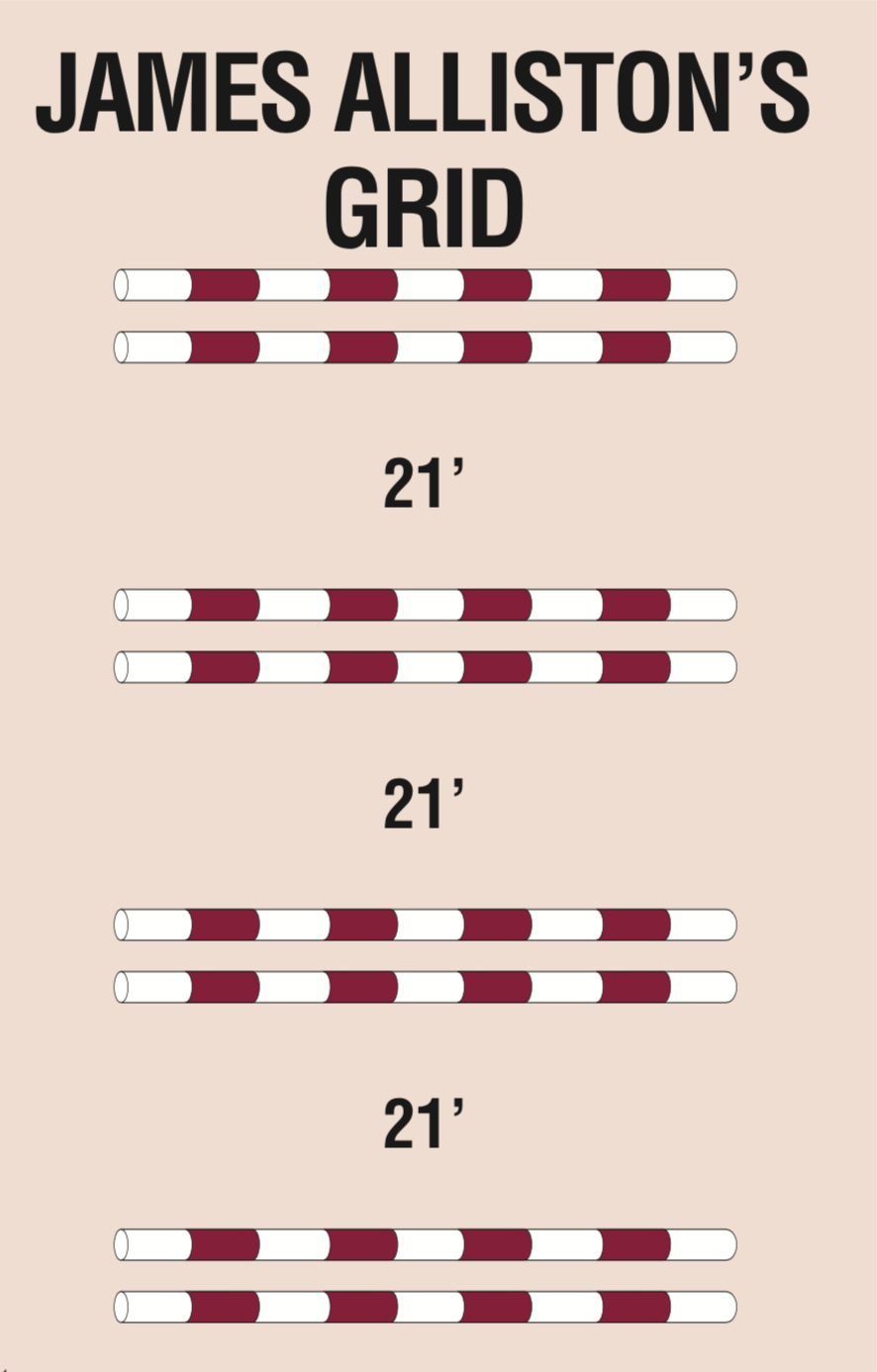
When warming up for any jump school, I like to start off small. For me, this means that I will pop over a variety of cavaletti that I’ll have spread out around my ring. Depending on the size of your jumping area, you can get creative with your cavaletti placement, but in general I like to have at least one related distance, a few set up in a corner, and then one or two on their own.
I find that “jumping” a few cavaletti at the start of a jump school is a great warm up for both your muscles and your horse’s muscles. And for people that ride multiple horses, it’s a great reminder for how the particular horse you’re riding jumps – i.e. are they quick off the ground, do they struggle with their straightness, etc. I do find that investing in solid cavaletti that are heavy and hard to move to be beneficial because it teaches the horses to be careful.
One thing to keep in mind as you start to work your way through the line of oxers is that you want to start small. Because of the tight distances, this is not the time to make the jumps too big. Instead, I will typically start with them at a level or two below your current competition height, and eventually raise them to your competition height or slightly higher. As you progress through the exercise and make the oxers wider and distances tighter, I will sometimes lower the jumps back down a bit before raising them again to your competition height, but no higher.
There are a few options when starting the jumping portion of this exercise. For older or more experienced horses, I will simply canter through the line of four oxers at a low height. However, for a less experienced horse – or rider – I will start by trotting and cantering the “out” jumps on their own a few times before putting everything together. Not only does this help the young horses get their brain thinking about jumping, but it also helps to educate them about jumping fences on an angle in a low-key way. Just remember to never angle the middle jumps, as it could teach the horses to run out.
As you are working your way through the line of oxers, I like for the riders to take a moment to really think about their own position. The most common mistake with this exercise is to be too tight on the reins in an attempt to do too much in an effort to keep the horses on a short stride. When really, the end goal is for the horses to jump through the exercise on their own, almost as if they were going through a free-jump chute sans rider. And as we all know, sometimes the hardest thing to do as a rider is to not do anything! But in most situations, doing so will only make your horse more careful and more confident in the long run. If you’re able to practice allowing your horse to jump through this exercise with light rein contact, then when you come into a combination at a show, any extra rein support that you need will really make a difference.
If I have a horse that is a bit wiggly, or a rider that is struggling with straightness, I will simply make the exercise a bit easier for the horse to understand, versus trying to get stronger with my aides. For example, I will sometimes put guide-rails down on the ground to help the rider’s eye in terms of seeing a straight chute down the line of fences. Or I will even change the oxers into cross-rail oxers to encourage the horse to stay straight down the middle of the jumps.
After you’ve jumped through the line of oxers a few times with the 21- foot distance, it is time to change things up a bit to challenge both the horse and the rider. The best thing to do is to gradually increase the width of the oxers, thereby decreasing the distance between the jumps. By the end of the jump school, your oxers should be quite wide, with only 18 feet between each one. Just be sure that the oxers are never so wide that the horse might get confused and try to bounce it. As you progress through the jump school, there is very little that needs to change for the rider. This is simply because the rider should just be focusing on staying still and balanced on top of their horse. The rider’s only job is to let their horse figure things out on their own.
Of course there are always exceptions to this rule, especially if you’re dealing with a horse that likes to rush their fences. For me, I like to address this issue in warm up before I point my horse towards the first oxer. This is where I will really utilize the cavaletti I have set up by trotting and cantering over them again and again until my horse settles and stops rushing. Oftentimes the key to a rushing horse is making sure that all of your “buttons” work, meaning that they both go and whoa when you ask them, and not just between gaits but also within the gaits. The cavaletti are great because you can really ask the horse to sit down on their hind end and collect, and you can even throw in a few halts as you make your way around the arena. And the beauty of the cavaletti is that if your horse does decide to take over and rush at something, there is little risk of crashing since the “jumps” are so small.
About James Alliston
Based in California since 2009, Alliston has designed a training program with the goal of producing top riders and horses to compete in eventing, show jumping, and dressage. Since first coming to the United States to work for the legendary Bruce Davidson, Sr., Alliston has produced horses from the start all the way through the Advanced/four-star level. His resume includes wins at the Woodside CIC3* and Galway Downs CCI3* as well as top placings all over the country. Alliston is an enthusiastic trainer and enjoys sharing his knowledge and expertise with his students so that they can achieve their goals, whether that is their first Tadpole event or their first Advanced.
This Grid Pro Quo first appeared in Volume 47, Issue 5 of Eventing USA.


